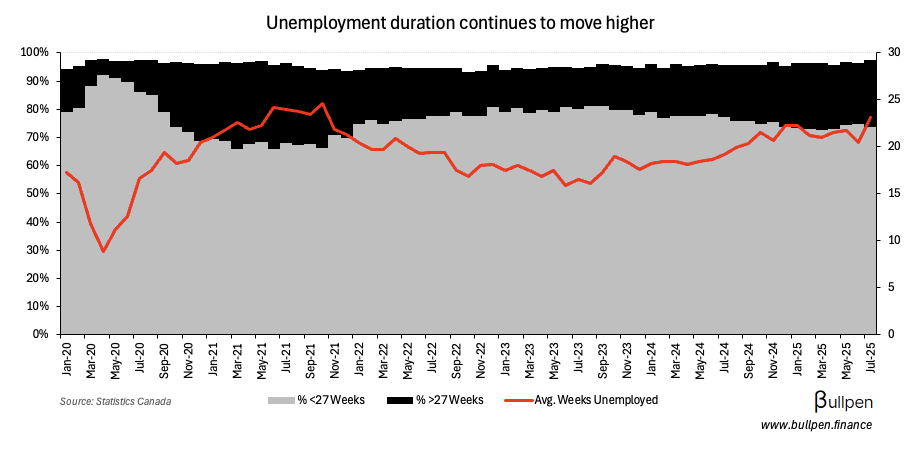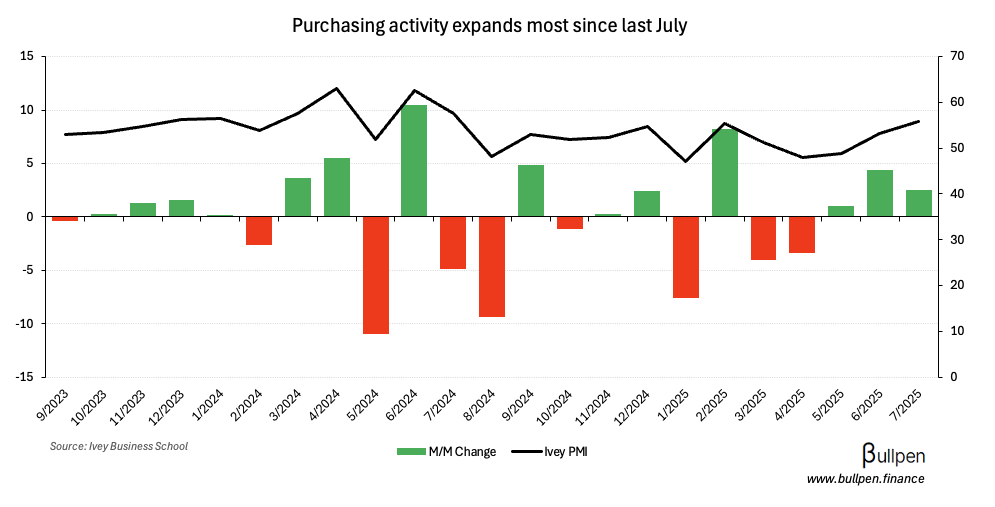The Nuclear Renaissance Looks Here to Stay
Behind the scenes, there’s been a nuclear renaissance happening for some time. In the past few years though, big tech companies have pulled it into the spotlight as a carbon-free solution to meeting AI-related energy demand.
Some of the many recent announcements include:
Amazon: signed a 960 MW deal with Talen Energy and has been an active investor in development, leading a $500M funding round for X-energy and partnering with Energy Northwest to develop 4 SMRs
Microsoft: signed a deal with Constellation Energy to restart a reactor at Three Mile Island (835 MW)
Google: signed a 500 MW deal with Kairos Power (6-7 SMRs)
Meta: announced an RFP for 1-4 GW of nuclear capacity to come online by 2030
Oracle: announced plans for a massive data center and the associated building permits for 1 GW of nuclear power to supply it
Trump’s $500B Stargate Project announced last week pushed anything touching nuclear a leg higher, before the sell-off to start this week.
With shares of Canadian companies exposed to this theme up big in recent years, we figured it’s worth a deeper look.

Why nuclear? Why not nuclear?
In 2023, commercial funding of nuclear projects accounted for over half of all funding in advanced economies, and for good reason.
Nuclear has strong bipartisan support, given its non-carbon emitting properties and greater energy density versus traditional sources of power like natural gas. It’s perfect for mission critical applications like data centres that can’t afford downtime.

Deploying nuclear at scale doesn’t come without its challenges, with a much higher cost to build versus more common power technologies and lead times that can often stretch a decade.

Supply chains also bring geopolitical challenges, with Russia and China dominating the technology stack of new builds in recent years.

Small modular reactors (SMRs) are showing some promise on mitigation of the cost, time, and supply chain challenges presented above, though, and could account for a higher share of North American nuclear in the future.
Growth supports construction backlog
In North America and other advanced economies the nuclear fleet is aging, creating opportunities for construction companies to win bids for new builds and refurbishment contracts.

In Canada, Aecon (ARE) and AtkinsRealis (ATRL) have been most active, showing significant revenue and backlog growth from the nuclear segment.


Uranium miners are well-positioned
The obvious place to look for beneficiaries of nuclear power growth are the ones supplying the raw materials, who seem to have an interesting fundamental setup here.
Due to lack of investment, uranium production has been falling steadily year-over-year, resulting in a widening gap between global supply and demand.

Canada plays a critical role in the Uranium supply chain, accounting for more than 10% of both global production and reserves.

With supply chains shifting away from geopolitical hotbeds like Russia, Canada’s role in powering North America’s nuclear growth can’t be understated.
There are a number of Canadian companies involved in this part of the value chain including Cameco (CCO), Denison (DML, pre-production) and NexGen (NXE, pre-production).
Cameco is responsible for more than 10% of global uranium production, mainly through its 2 flagship assets in Saskatchewan (Cigar Lake & Key Lake) that it jointly owns with Orano Canada, and its Inkai asset in Kazakhstan, majority owned by Kazatomprom (a state-owned enterprise).
It has a strong fuel services business as well, operating the largest commercial uranium refinery, a strategically important conversion facility, and a fuel manufacturing plant.

This segment should see strong growth following Cameco’s $2.2B acquisition of a 49% stake in Westinghouse, who services roughly half of global nuclear power generation and is an OEM for more than half of the global reactor fleet.
Verdict: here to stay and priced like it
The shift to nuclear appears structural and is much bigger than the “power demand from big tech” narrative would have you believe. That said, valuations are getting lofty.
Should momentum continue, names attached to the theme should do well. But if the narrative changes valuations could compress, with some names more vulnerable than others.

Get smarter on Canadian markets
Get our insight-packed coverage of Canadian markets delivered to your inbox 3x per week in 5 minutes or less.
You might be interested in...
Get smarter on Canadian markets
Get The Morning Meeting, our insight-packed Canadian markets newsletter delivered to your inbox 3x per week in 5 minutes or less.
Read by 1,000+ professionals from:

